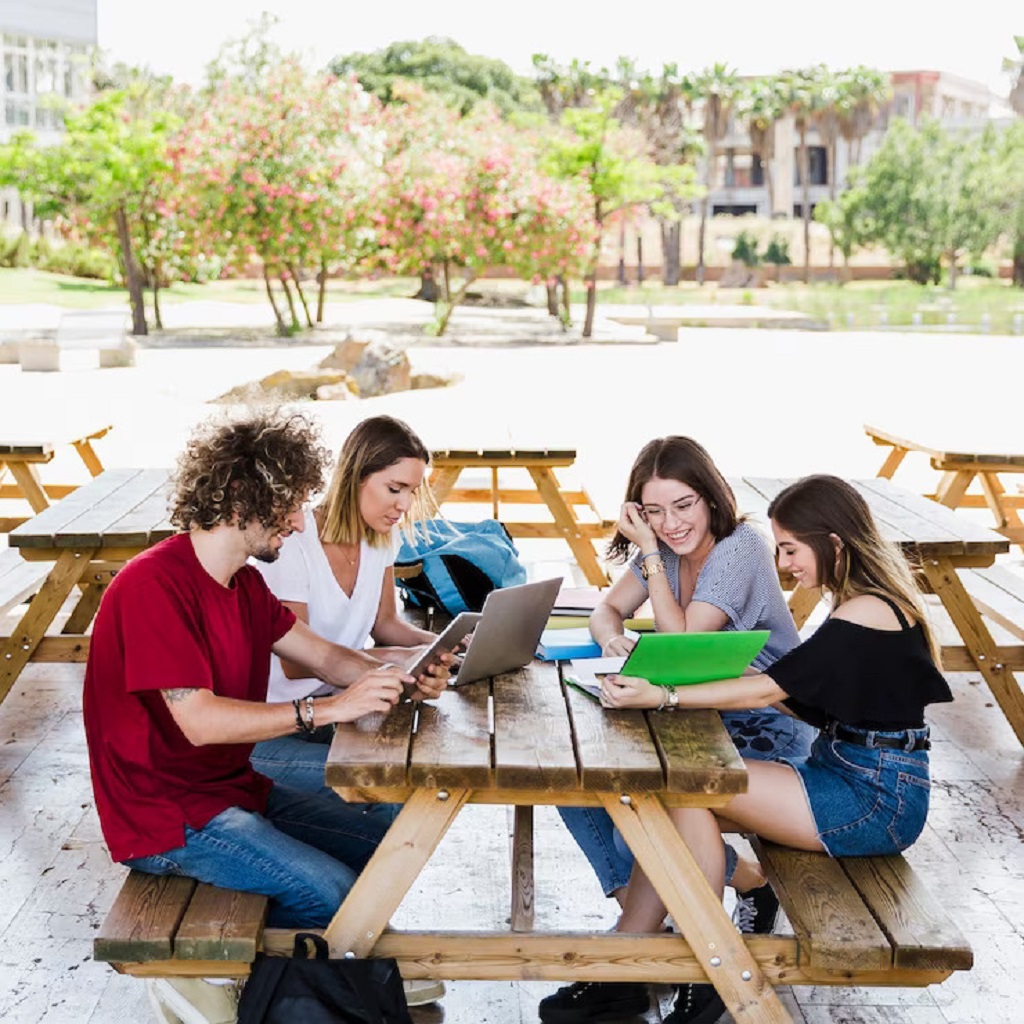In today’s fast-paced digital age, social networks have become more than just platforms for socializing. They have evolved into powerful tools that can significantly benefit students in various ways. From enhancing learning experiences to fostering creative expression and improving communication, social media has transformed the educational landscape. In this article, we’ll delve into the multifaceted advantages of social networks for students and explore how these platforms contribute to their personal and academic growth. This content is explained by Newark67.com
Learning and Networking: A Digital Classroom Beyond Walls
The realm of education has transcended the confines of traditional classrooms, thanks to social networks. Students now have the opportunity to connect with peers beyond their campus walls. By joining relevant groups and communities, they can stay informed about local events, activities, and academic discussions. Whether it’s through text posts, phone calls, or video chats, students can collaborate on projects, share insights, and collectively organize their learning endeavors. Discover the social networks benefits.
Unleashing Creative Expression: Showcasing Talent and Ideas
Social media platforms serve as a canvas for students to unleash their creative potential. They can express their thoughts, ideas, and opinions through captivating visuals, thought-provoking blogs, and engaging posts. This not only helps them build their online presence but also cultivates their ability to convey complex concepts in an accessible manner. Furthermore, students can readily showcase their unique talents and hobbies, gaining recognition and support from a global audience.
Seamless Communication: Bridging Distances for Help and Support
In the past, seeking assistance with homework or projects required waiting until the next class or visiting a teacher during office hours. Social media has revolutionized this aspect of student life. Messaging apps and social platforms like facebook chat list enable students to reach out for help anytime, anywhere. Whether it’s a quick clarification or an in-depth discussion, the convenience of instant communication ensures that no question goes unanswered and no problem remains unsolved.
Broadening Horizons: Enhancing Social and World Awareness
Social networks have the power to expand students’ horizons beyond their immediate surroundings. By connecting with diverse individuals from different backgrounds, students can gain insights into cultures, perspectives, and ideas they might not encounter otherwise. Additionally, staying updated on global events through social media enhances their awareness of current affairs, fostering a deeper understanding of the world around them.
Empowering Peer Learning: Strength in Digital Collaboration
In challenging academic scenarios, social media emerges as a powerful tool for peer-to-peer learning. Students can form study groups or online communities where they discuss complex topics, share resources, and collectively work through difficult concepts. This collaborative approach not only strengthens their understanding of the subject matter but also builds a sense of camaraderie and support among classmates.
The Balancing Act: Navigating the Social Media Landscape
While the benefits of social networks are undeniable, it’s crucial for students to exercise discretion and moderation in their usage. Like any powerful tool, social media should be harnessed judiciously. Striking a balance between online interactions and offline experiences is key. Educators and parents play a pivotal role in guiding students on responsible social media usage, ensuring that its potential is maximized while potential pitfalls are avoided.
Conclusion
The integration of social networks into the realm of education has redefined the way students learn, communicate, and express themselves. These platforms serve as dynamic hubs where knowledge is shared, connections are forged, and creativity flourishes. As students embark on their educational journey, the wise and mindful utilization of social media can amplify their growth, both academically and personally.
FAQs
Q1: Can social networks replace traditional classroom learning?
Social networks complement traditional learning by providing additional avenues for collaboration, communication, and resource sharing. However, they cannot entirely replace the value of face-to-face interactions in a classroom setting.
Q2: Are there any risks associated with using social media for educational purposes?
While social media offers numerous benefits, there are potential risks such as privacy concerns, digital distractions, and the spread of misinformation. Awareness and responsible usage are essential.
Q3: How can educators incorporate social networks into their teaching methods?
Educators can leverage social networks to facilitate discussions, share supplementary materials, and create virtual study groups. This enhances engagement and promotes active learning.
Q4: Are there age restrictions on using social media for students?
Many social media platforms have age restrictions in their terms of service. Students should adhere to these guidelines and opt for platforms suitable for their age group.
Q5: What role do parents play in guiding students’ social media usage?
Parents should actively educate their children about the responsible use of social media, monitor their online activities, and encourage open communication about online experiences.


